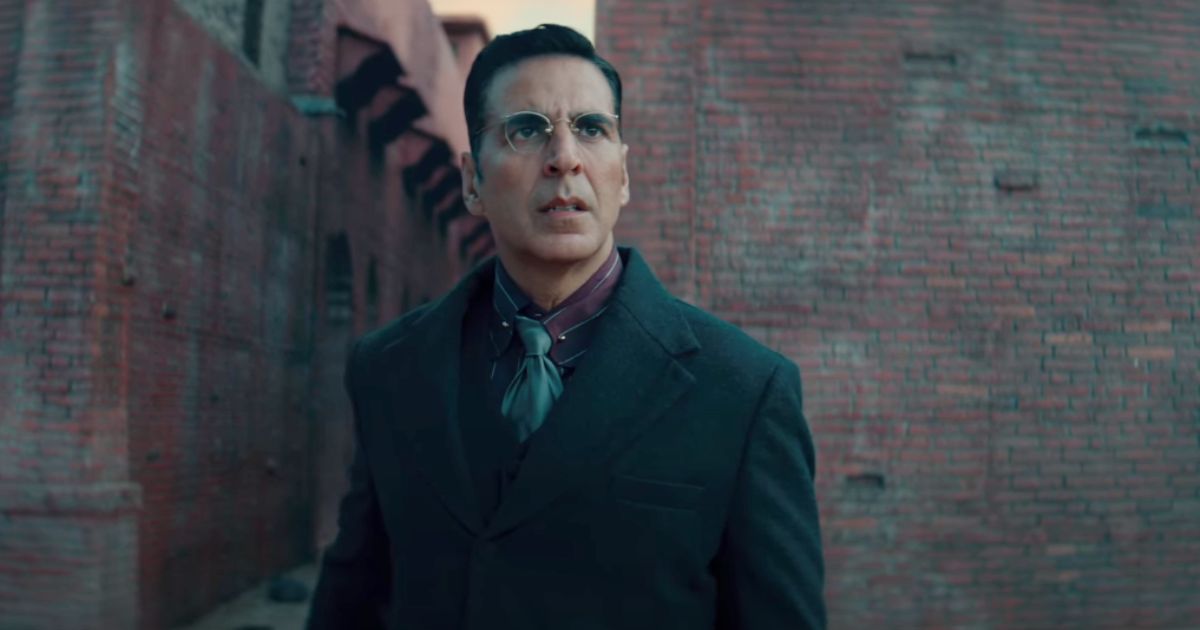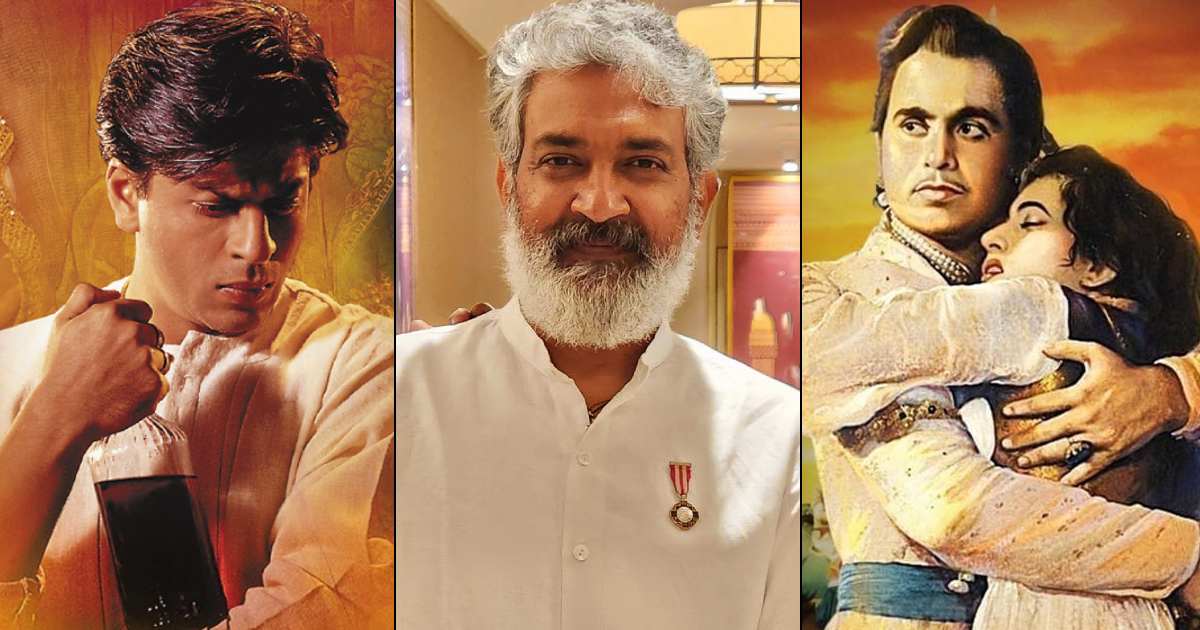
Decades before India emerged victorious in its fight for independence, Sir Chettur Sankaran Nair, a defiant voice inside the British Empire, dared to call out a colonial massacre even though he had to pay a price for it. Known as one of the most prominent lawyers of his time, he was one of the few Indians to be appointed to top government posts when the British Crown ruled the country.
Nair was part of the Viceroy’s Council, a central governing body in British India, but resigned in 1919 after the Jallianwala Bagh massacre in the Indian city of Amritsar in Punjab, where hundreds of civilians attending a public meeting were shot dead by British troops.
On the 100th anniversary of the massacre, then UK Prime Minister Theresa May described the tragedy as a “shameful scar” on British India’s history. Sankaran Nair’s criticism of Punjab’s then Lieutenant Governor, Michael O’Dwyer, led to a libel case against him, which helped spotlight the massacre and the questionable actions of British officials.
Trending
Despite his rich history, Nair’s name has never shone under the spotlight in Indian history in recent decades. However, earlier this year, a Bollywood film based on the court case, Kesari Chapter 2, starring superstar Akshay Kumar, helped bring attention to his life.
C Sankaran Nair’s Early Life, Career & Knighthood
Nair was born in 1857 into a wealthy family in what is now Palakkad district in Kerala. He studied at the Presidency College in Madras and earned a bachelor’s degree before studying law and beginning his career as an apprentice with a Madras High Court judge.
In 1887, he joined the social reform movement in the Madras presidency. Throughout his career, Nair fought to reform the then-Hindu laws on marriage and women’s rights and advocated for abolishing the caste system.
Nair was a delegate to the Indian to the National Congress for a few years and presided over its 1897 session in Amraoti (present-day Amravati). In his address, he held the British-run government “morally responsible for the extreme poverty of the masses,” saying the annual famines “claimed more victims and created more distress than under any civilised government anywhere else in the world.”
In 1899, Nair was appointed public prosecutor. In his autobiography, he wrote about advising the government on seditious articles in newspapers, including those by his close friend G Subramania Iyer, the first editor of The Hindu newspaper. “On many occasions… I was able to persuade them not to take any step against him.”
C Sankaran Nair became a high court judge in 1908. Four years later, he was knighted by the British government. He moved to Delhi in 1915 before being appointed a member of the Viceroy’s Council. Nair was only the third Indian to hold the position.
Sankaran Nair was a strong proponent of India’s right to self-rule and advocated for constitutional reforms during his time at the Viceroy’s Council. He also played a key role in expanding provisions of the Montagu-Chelmsford reforms, which outlined how India would gradually achieve self-governance, through his dissent and negotiations with Edwin Montagu between 1918 and 1919.
Montagu wrote in his diary that he had been warned “that it was absolutely necessary to get him on my side, for Sankaran Nair wielded more influence than any other Indian.”
C Sankaran Nair’s Stand Against The Jallianwala Bagh Massacre
On April 13, 1919, hundreds of unarmed Indians, including women and children, gathered at the Jallianwala Bagh public garden on the day of the Baisakhi festival. But in what is considered to be one of the darkest days in Indian history, 400 people were shot dead and more than 1,500 were wounded by the soldiers, under the orders of General Dyer. Indian sources later put the death toll closer to 1,000.
In the aftermath of the incident, Sankaran Nair emerged as one of the loudest voices condemning the merciless attack. The efforts marked a pivotal moment in his career as a statesman. Nearly a month after the tragedy, Nair resigned from the council and traveled to Britain, where he hoped to rouse public opinion on the massacre.
In his 1922 book Gandhi and Anarchy, Nair expressed increasing concern about the events in Punjab. The shooting at Jallianwala Bagh was part of a larger crackdown in the province, where martial law had been introduced. The region was cut off from the rest of the country, and no newspapers were allowed in.
“If to govern the country, it is necessary that innocent persons should be slaughtered at Jallianwala Bagh and that any Civilian Officer may, at any time, call in the military and the two together may butcher the people as at Jallianwala Bagh, the country is not worth living in,” he penned.
Meanwhile, Nair also wrote about speaking to the editor of The Westminster Gazette in his memoir. The newspaper soon published an article called the Amritsar Massacre before several other publications, including The Times, followed suit. “Worse things had happened under British rule, but I am glad I was able to obtain publicity for this one at least,” Sankaran Nair noted.
C Sankaran Nair Vs Sir Michael O’Dwyer
While Nair’s book, Gandhi and Anarchy, left several Indian nationalists offended due to his criticism of Gandhi’s civil disobedience movement, it was the few passages condemning Sir Michael O’Dwyer, the Lieutenant Governor of Punjab, that led to a libel suit against him in 1924.
Nair accused O’Dwyer of terrorism and held him accountable for the atrocities committed by the civil government before the imposition of martial law. He went through a five-week trial in the Court of King’s Bench in London, which ruled 11:1 in favour of O’Dwyer, awarding him damages of £500 and £7,000 in costs. Although O’Dwyer offered to forgo this for an apology, Nair refused and paid the sum instead.
However, reports of the depositions in the hearing were published daily in The Times. According to Nair’s family, he managed to achieve his purpose despite officially losing the case, as the atrocities were brought under the spotlight in public.
C Sankaran Nair’s Life Post The Case & Death
After losing the case, Nair continued with his career in India. He also served as the chairman of the Indian Committee of the Simon Commission, which reviewed the workings of constitutional reforms in India in 1928. Nair passed away in 1934 at the age of 77.
C Sankaran Nair’s Great-Grandson Reflects On The Case
Nair’s great-grandson Raghu Palat, who co-wrote the book The Case That Shook the Empire with his wife Pushpa, said the case helped spark “an uproar for the freedom movement.” Pushpa added that it also showed “there was no point in having a dominion status under the empire when the British cannot be expected to deal with their subjects fairly.”
Historian PC Roy Chaudhury later pointed out that even Gandhi referred to the case several times, and once wrote that Sankaran Nair had shown pluck in fighting without hope of victory.
What Did KPS Menon Write About C Sankaran Nair In His Biography?
In a biography of Nair, KPS Menon, independent India’s first foreign secretary, described him as “a very controversial figure of his time.” Nair was known for his independent views and distaste for extremist politics, and spoke critically of colonial rule and even of Mahatma Gandhi, the Indian independence hero who is now regarded as the father of the nation.
Menon, who married Nair’s daughter Saraswathy, wrote, “Only [Nair] could have insulted the all powerful British Viceroy on his face and opposed Mahatma Gandhi openly.”
KPS Menon also wrote that through his career, C Sankaran Nair, “bent all his thoughts and energies on the emancipation of his country from the bondage of foreign domination and native custom. In this task, he achieved as much success as any man, wedded to constitutional methods.”
Story Credit – BBC via Dharma Productions
Advertisement
For more such stories, check out Bollywood Features
Must Read: War 2 And Coolie Storm Into IMDb’s Top 10 Most Anticipated List — But Guess Which Film Tops The List
Follow Us: Facebook | Instagram | Twitter | YouTube | Google News



 Follow Us
Follow Us










